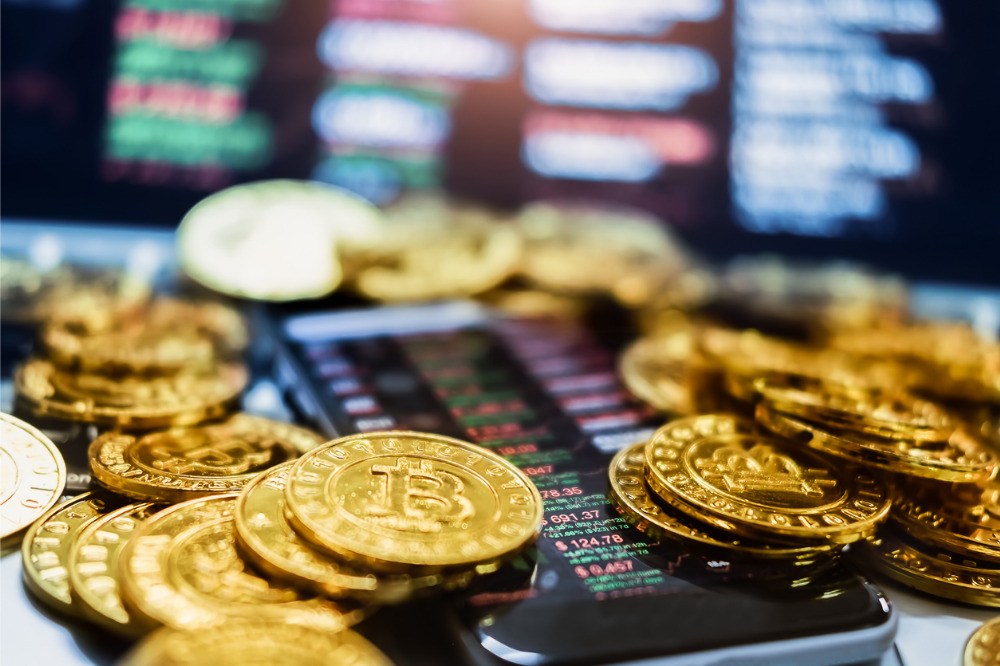
In 2008, a mysterious individual (or group) using the name ‘Satoshi Nakamoto’ created a type of database called Blockchain that soon came to be used as the public transaction ledger of the now hyper lucrative cryptocurrency Bitcoin.
In its basic form, Blockchain is a type of database that stores data in blocks that are then chained together. In the years since its creation, Blockchain has served as a secure platform that has helped organisations to record information in a way that makes it almost impossible to change, hack, or cheat the system.
While its most common use is as a ledger for transactions, it is quickly evolving to become more fundamental to the futures of major industries as they continue to pursue technological-advanced skills in their workforce today.
Lachlan Feeney, CEO of Labrys, a Blockchain start-up from Brisbane, believes the rise of this technology is promoting an urgent, interesting consideration for education providers.
“Blockchain has the potential to benefit not only schools, but the students they’re educating,” Feeney told The Educator.
“The system is designed to provide the skills students need to join the world of employment, and an introduction to a broad range of subjects so they can develop the interests that will last them a lifetime”.
Feeney said that while core subjects are always important and interesting, the curriculum must continue to evolve to offer relevant specialist subjects as society does.
“Reflecting the way in which we work today, understanding the foundations of work through technology/innovation-based subjects is becoming increasingly critical,” he said.
“Blockchain, one of these innovations, is currently a largely self-taught skill”.
Feeney believes that in the not-so-distant future, Blockchain literacy will become just as an important skill as we currently regard the ability to use a computer or interact on the internet.
“Without a dedicated learning stream, there could develop a skills gap - a gap that many Australians could fill if they were provided access to the relevant courses,” he said.
“There are currently Blockchain courses available at RMITO, however the school system should also consider the potential it can play in providing earlier access – for example, to those solidifying their passions in years 10 and 11 - to courses, like Blockchain, that could define innovation for decades to come”.
Blockchain stepping out of Bitcoin’s shadow
Feeney said that while Blockchain is still in its infancy, it is quickly maturing beyond its traditional association with Bitcoin.
“On an almost weekly basis, there are new, practical use cases benefitting so many industries –there’s no reason education can’t or won’t be one of them,” he said.
Feeney pointed to the example of Blockchain potentially being used for safe, secure and transparent student records, infrastructure security, data storage and digital exam results and certificates.
“Furthermore, we may see a day when NFTs (Non-fungible token) – an authentication or proof of ownership of digital work and one of the latest Blockchain crazes – is used by students in specialised institutions like art colleges to certify and authenticate digital projects or artworks – or perhaps even their final qualifications themselves”.


